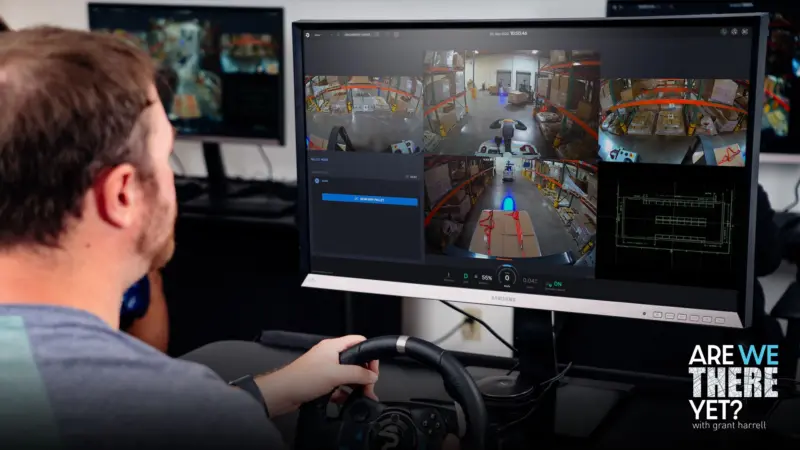The Company behind the Integrated Platform for the Energy and Transportation Ecosystem
Across the US, changes in regulations and lifestyles are impacting the utility grid. Electricity has been integrating solar and UV for some time. In California, state regulators agreed to ban the sale of any new gasoline-powered cars by 2035 (PBS). Now, multiple states are considering following California’s mandate (AP News). With the challenge of supporting new technology also presents an opportunity. “UV charging is the biggest opportunity for load that utilities will ever see in this lifetime,” said Mark Braby, Head of E-Mobility and Data at Itron.
Itron is the market leader in deployed meters. But these meters are more than the typical ones we think of that calculate use for our utility bills. “These are sensors that are deployed at a very important part of the grid, the grid edge. It’s that interface of what’s happening on the grid side of things and what’s happening on the customer side of things. We can get real-time data, run analytics off of that, run optimization algorithms,” said Braby. “It’s not just a meter. It’s a grid edge computer.”
Similar to the stress that air conditioning brought to the grid in the 1950s, electric vehicles and fleets pose a similar threat. In the 1950s everyone would get home in the evening and flip on their wall units, causing brownouts. These were eventually accounted for and adjusted with smart thermostats. From a residential perspective, utility companies need to detect where the EV assets are. Then they need to plan for the future and provide real-time visibility. Right now, there is very little information on how solar is back feeding into the grid, how EV charging and back feeding impact the grid, and tracking it in real-time to provide control and optimization.
Some of the fastest-growing sources of electricity stem from renewable resources, wind, solar, etc. (US EPA). “We’re trying to approach the upgrades that are needed in an intelligent fashion. I think that involves smart planning, real-time visibility, and control to mitigate issues,” said Braby. “I think we have a lot of work to do, but I’m optimistic that we can get there if we get everybody rolling in the same direction.”




